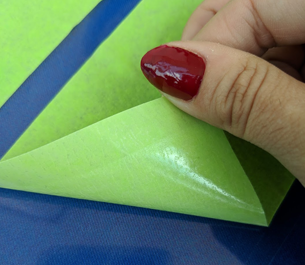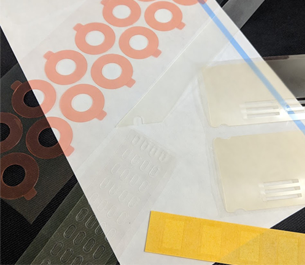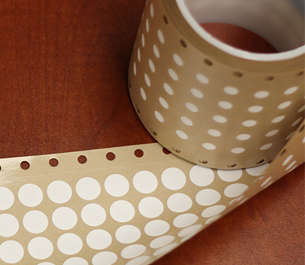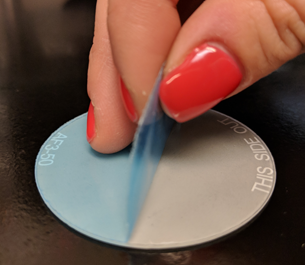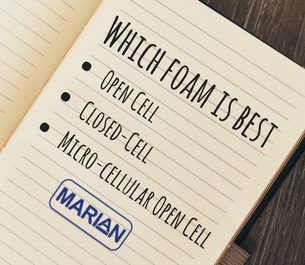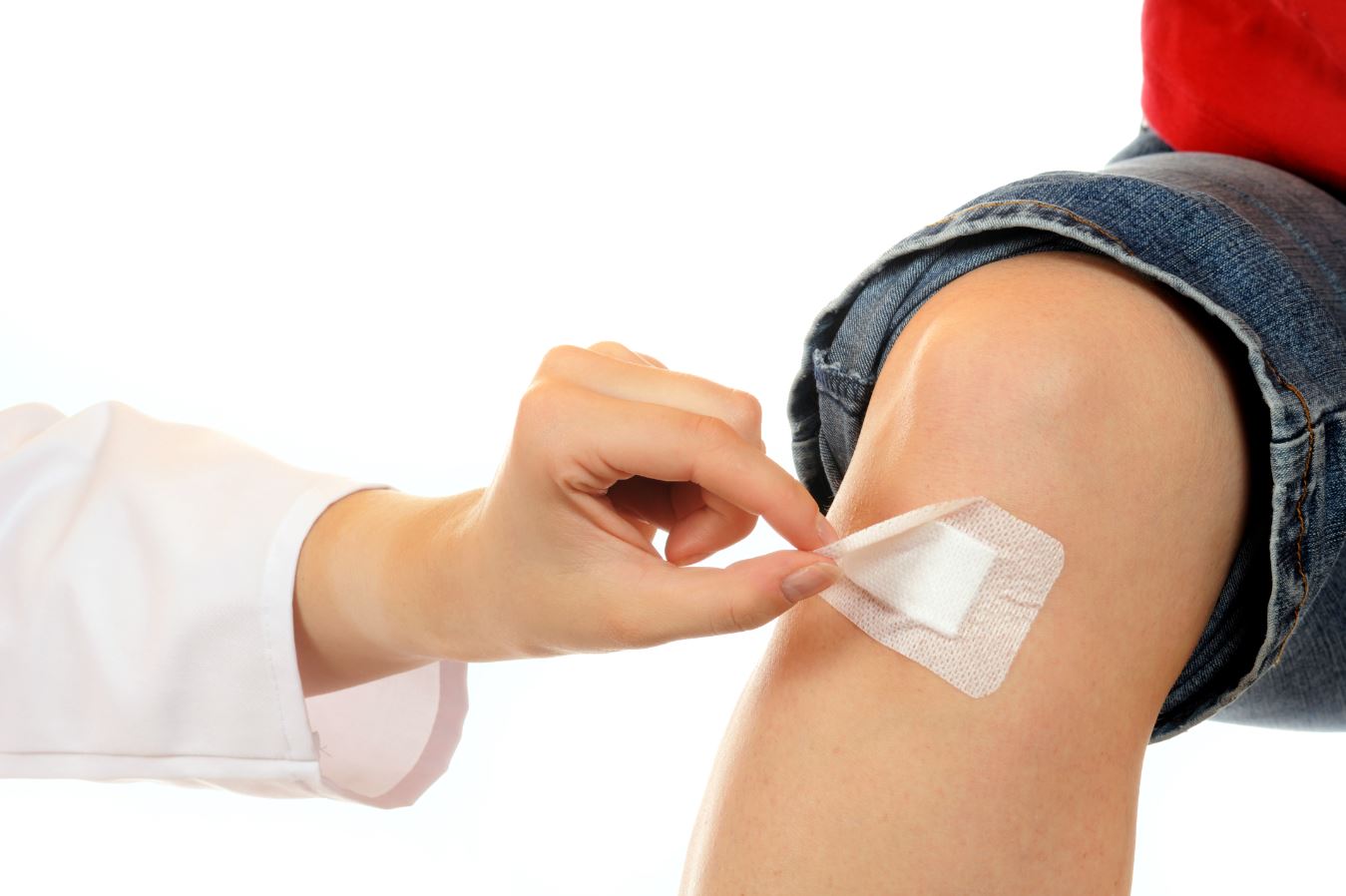Technological advances in properties of soft, flexible foam and elastomeric materials have continued. These thick, soft, flexible foams and elastomers like PORON foam, silicone foam, and more are ideal materials for sealing, gasketing and cushioning across many industries and applications.
They compress, form to irregular surfaces, bend, and flex within an application without damage or delamination, but from the perspective of the converter, these materials may also introduce challenges when trying to achieve the tight dimensional tolerances common in metal and plastic-molded parts.


